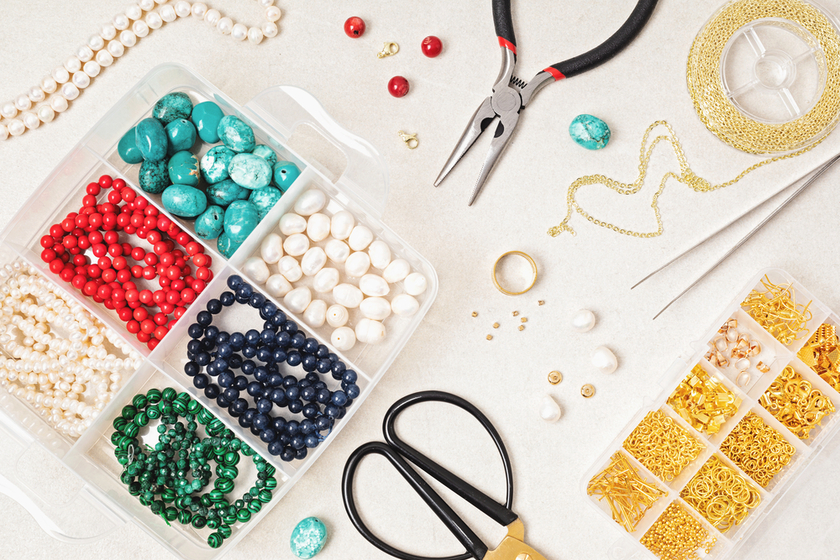Jewelry making for seniors is not just a leisurely hobby; it’s an activity laden with unexpected benefits that can significantly enhance their quality of life. As individuals age, engaging in creative and productive pursuits becomes essential for mental, emotional, and physical well-being. Jewelry making, in particular, offers a unique blend of creativity, fine motor skill enhancement, and social engagement. Let’s uncover four surprising benefits of this craft and how it positively impacts the lives of older adults.
Cognitive Function and Memory Improvement
Engaging in jewelry making offers significant health benefits for seniors, notably in cognitive function and memory improvement. This creative activity demands concentration, pattern recognition, and problem-solving, all of which stimulate cognitive processes. As older adults select materials, plan designs, and execute their creations, they engage multiple areas of the brain.
Moreover, recalling techniques, patterns, and designs from past projects requires memory usage, which acts as a beneficial workout for the brain. Regularly practicing jewelry making can help seniors sharpen their memory skills over time, potentially slowing down the progression of age-related cognitive decline. The process of learning new jewelry-making skills and mastering various techniques also contributes to the cognitive reserve, building a buffer against memory loss and cognitive slowdown.
Fine Motor Skills and Dexterity
The detailed work involved in jewelry making, such as threading beads, manipulating wires, and fastening clasps, requires precision and steadiness. Regular practice of these tasks can significantly improve hand-eye coordination, fine motor skills, and dexterity among older adults. Maintaining these skills is crucial for seniors to preserve their independence and carry out daily activities more efficiently. Jewelry making offers a fun and productive way to keep their hands and minds nimble.
Emotional Well-being and Stress Reduction
Crafting jewelry is a therapeutic activity that can lead to stress reduction and a sense of accomplishment. As older adults immerse themselves in the creative process, they can experience a state of flow, similar to meditation, where their mind becomes quiet, and anxieties fade away. The act of making something beautiful and concrete can boost confidence and provide a sense of purpose. Moreover, wearing or gifting a piece of jewelry they made themselves can bring immense joy and satisfaction, contributing positively to their emotional well-being.
Social Engagement and Community Building
Jewelry making can be a social activity that encourages community building and engagement. Older adults participating in jewelry-making classes or groups can share techniques, inspire each other, and enjoy the camaraderie that comes with creating together. This social interaction is vital for preventing feelings of isolation and loneliness, common issues among the senior population. Through jewelry making, seniors can forge new friendships, share stories, and connect with others who share similar interests, fostering a supportive and creative community.
Jewelry making offers older adults a wonderful opportunity to engage in a fulfilling hobby that not only stimulates their creativity but also supports their cognitive functions, enhances fine motor skills, and promotes emotional well-being. Moreover, the social aspect of jewelry making can open doors to new friendships and community engagement, enriching their golden years. Many retirement communities recognize the value of creative activities like jewelry making and provide programs and resources to support elderly residents in pursuing their interests, ensuring they have the tools and opportunities to live better and healthier lives.



Leave A Comment
You must be logged in to post a comment.